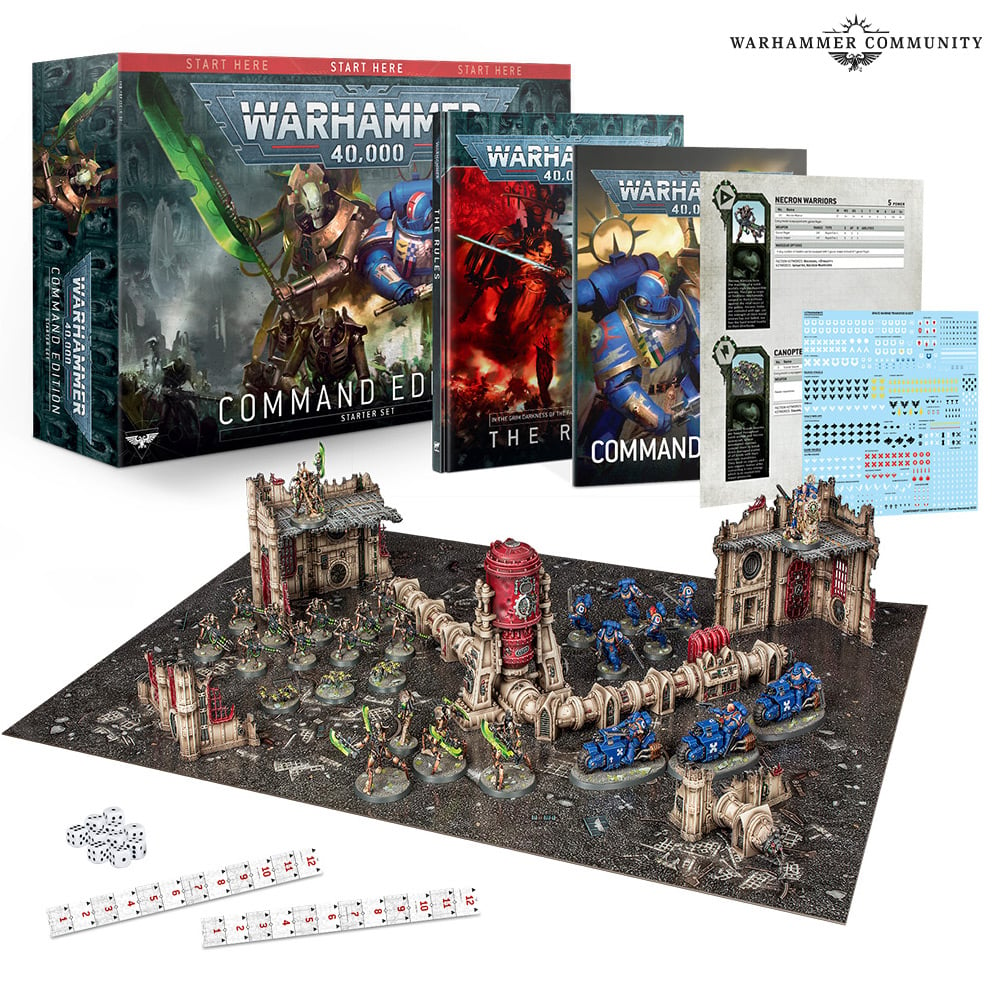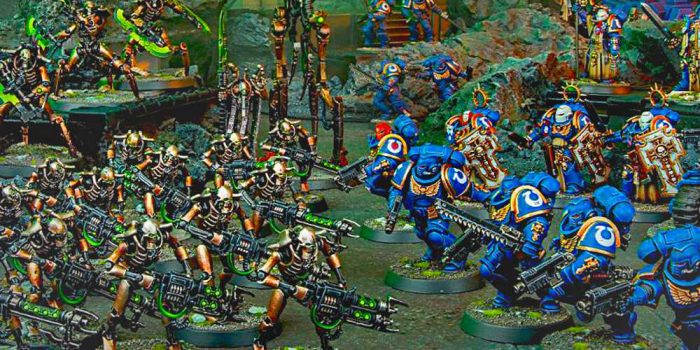The Rise of Renegade Militias

Renegade militias, armed groups operating outside the control of any established government, have emerged throughout history, driven by a complex interplay of factors. Their rise often reflects societal unrest, political instability, and a breakdown of traditional power structures. These groups can be found in various forms, ranging from loosely organized vigilante groups to highly structured paramilitary organizations. Understanding the motivations, ideologies, and organizational structures of these militias is crucial to grasping their impact on societies and the challenges they pose to governments.
Historical and Contemporary Factors Contributing to the Emergence of Renegade Militias, Chaos renegade militia conversion set
The emergence of renegade militias can be traced back to historical periods marked by conflict, political upheaval, and social unrest.
- The French Revolution (1789-1799) witnessed the rise of numerous militias, both loyal to the monarchy and those fighting for revolutionary ideals.
- The American Civil War (1861-1865) saw the formation of both Confederate and Union militias, often operating independently of their respective governments.
- The disintegration of the Soviet Union in the 1990s led to the emergence of numerous armed groups in the former Soviet republics, fueled by ethnic tensions and political instability.
In contemporary times, several factors contribute to the emergence of renegade militias:
- Political Instability and Corruption: When governments are perceived as corrupt or ineffective, citizens may turn to armed groups for protection or to challenge the existing power structure. This can be seen in countries like Somalia, where warlords and militias have filled the power vacuum left by a weak central government.
- Ethnic and Religious Tensions: Conflict arising from ethnic or religious differences can lead to the formation of militias, often seeking to protect their communities or advance their own interests. The Rwandan genocide (1994) is a tragic example of this, where Hutu and Tutsi militias engaged in mass killings.
- Economic Inequality and Marginalization: When individuals feel economically disadvantaged or marginalized, they may be drawn to militias offering a sense of belonging, purpose, and even economic opportunity. This can be observed in countries like Colombia, where armed groups have exploited poverty and lack of opportunity to recruit members.
- Lack of State Capacity: In regions where governments lack the capacity to provide security or basic services, renegade militias can fill the void. This is particularly true in post-conflict areas, where the state may be weakened or unable to reassert its authority.
The Role of Chaos in Renegade Militias: Chaos Renegade Militia Conversion Set

Renegade militias, often operating outside the bounds of law and order, frequently employ chaos as a tool to achieve their goals. Chaos is not merely a byproduct of their actions but rather a deliberate strategy used to disrupt, intimidate, and ultimately, exert control.
Chaos as a Tactic
Chaos serves as a tactic for renegade militias in several ways:
- Disruption: Renegade militias use chaos to disrupt the normal functioning of society. They may target infrastructure, transportation networks, or government institutions, sowing confusion and fear. This can undermine public confidence and create an environment of uncertainty, allowing the militia to operate more freely.
- Intimidation: Chaos can be used to intimidate both the population and opposing forces. By creating a climate of fear, renegade militias can discourage resistance and encourage compliance with their demands. This can be achieved through acts of violence, vandalism, or the spread of misinformation.
- Distraction: Renegade militias can use chaos to distract authorities and divert resources. By creating a crisis, they can draw attention away from their own activities or create opportunities for strategic maneuvers. This can allow them to operate more effectively and achieve their objectives with less risk of detection or intervention.
Psychological and Social Effects of Chaos
Chaos has a profound impact on both members and targets of renegade militias.
- Members: Chaos can be a powerful motivator for members of renegade militias. It can create a sense of urgency, purpose, and belonging. The shared experience of chaos can strengthen group cohesion and loyalty, as members come together to face a common threat. However, prolonged exposure to chaos can also lead to desensitization, moral erosion, and a heightened sense of paranoia and distrust.
- Targets: For those targeted by renegade militias, chaos can be deeply traumatizing. The constant fear of violence, the disruption of daily life, and the loss of control can lead to anxiety, depression, and post-traumatic stress disorder. The psychological and social effects of chaos can be long-lasting, impacting communities and individuals for years to come.
The Chaos Renegade Militia Conversion Set is like a total game-changer, dude. You’re basically transforming your army into a fearsome force, ready to dominate the battlefield. And when you’re done with the battle, you can chill out in your camping bed chair tent and plan your next conquest.
Seriously, this set is next-level awesome – it’s like you’re living in a post-apocalyptic world where you’re the boss.
So you’re thinking about turning your Chaos Renegade Militia into a daycare? Gotta admit, that’s a unique business model! Maybe you could start by finding the perfect daycare table and chair sets for your little recruits. Just imagine, tiny tyranids munching on snacks while you teach them the finer points of orbital bombardment.
It’ll be a blast!
